Everyone wants smooth, glowing skin, but achieving it requires proper skincare, hydration, and healthy habits. Whether you’re dealing with rough patches, acne, or dryness, following the right routine can help you achieve soft and flawless skin.
1. Cleanse Gently and Regularly
Washing your face and body removes dirt, oil, and dead skin cells that can make your skin feel rough. Use a gentle, sulfate-free cleanser that suits your skin type. Avoid overwashing, as it can strip natural oils and lead to dryness.
2. Exfoliate to Remove Dead Skin Cells
Exfoliation is key to smooth skin. It helps remove dead skin cells that cause rough texture and clogged pores.
– Physical Exfoliation – Use a gentle scrub or exfoliating brush 2-3 times a week.
– Chemical Exfoliation – AHAs (like glycolic acid) and BHAs (like salicylic acid) help dissolve dead skin and improve skin texture.
3. Keep Your Skin Hydrated
Dry skin can appear rough and flaky. Keep your skin hydrated by:
– Drinking plenty of water daily.
– Using a moisturizer with ingredients like hyaluronic acid, glycerin, or ceramides.
– Applying a body lotion after showering to lock in moisture.
4. Protect Your Skin with Sunscreen
UV rays can cause rough texture, dark spots, and premature aging. Apply a broad-spectrum SPF 30+ sunscreen daily, even on cloudy days, to protect your skin from sun damage.
5. Eat a Skin-Friendly Diet
What you eat affects your skin’s appearance. Include:
– Fruits and Vegetables – Rich in antioxidants and vitamins (like vitamin C) to boost collagen and keep skin smooth.
– Healthy Fats – Avocados, nuts, and fish help maintain skin elasticity.
•Hydrating Foods – Cucumbers, watermelon, and leafy greens keep skin moisturized from within.
6. Use Serums and Treatments
Certain skincare ingredients can enhance skin smoothness:
– Vitamin C – Brightens and evens out skin tone.
– Retinol – Boosts collagen and improves texture.
– Niacinamide – Reduces inflammation and strengthens the skin barrier.
7. Avoid Harsh Products and Habits
– Skip harsh soaps, alcohol-based toners, and over-exfoliating.
– Avoid touching your face frequently to prevent bacteria buildup.
– Use a silk pillowcase to reduce friction and irritation.
8. Get Enough Sleep
Lack of sleep can make skin look dull and uneven. Aim for 7-9 hours of quality sleep to allow your skin to repair and regenerate overnight.
9. Try Natural Remedies
– Aloe Vera – Soothes and hydrates the skin.
– Honey – Has antibacterial properties and keeps skin soft.
– Coconut Oil – Locks in moisture and improves skin texture.
10. Stay Active and Manage Stress
Exercise increases blood circulation, giving your skin a natural glow. Also, managing stress through meditation or yoga can help prevent breakouts and dullness.
Final Thoughts
Smooth skin requires consistent care, hydration, and a healthy lifestyle. By following these tips, you can achieve soft, radiant skin over time. If you have persistent skin issues, consider consulting a dermatologist for personalized advice.

 Travel4 weeks ago
Travel4 weeks ago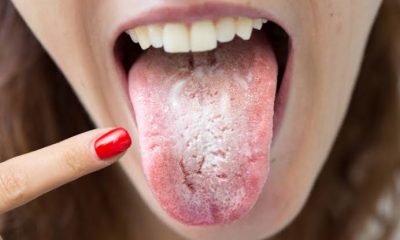
 Health2 weeks ago
Health2 weeks ago
 Health3 weeks ago
Health3 weeks ago
 Health3 weeks ago
Health3 weeks ago
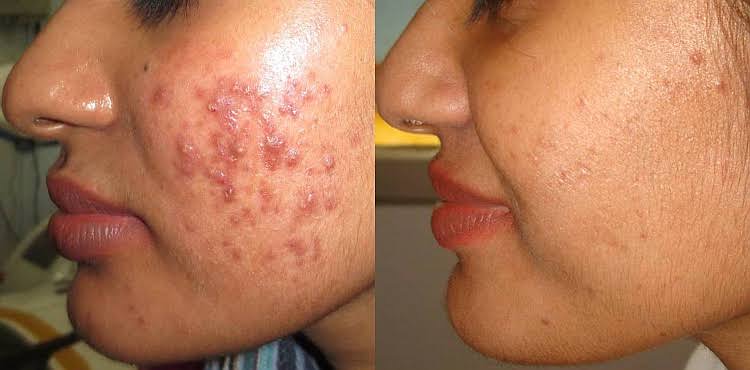
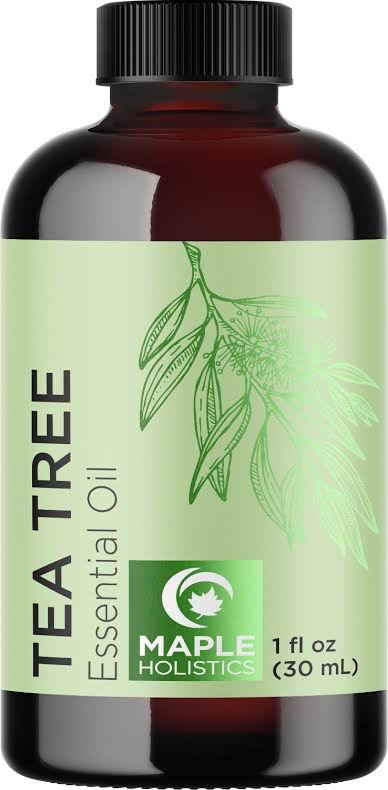

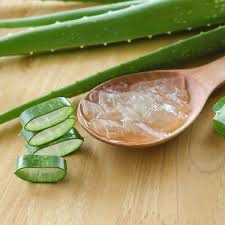
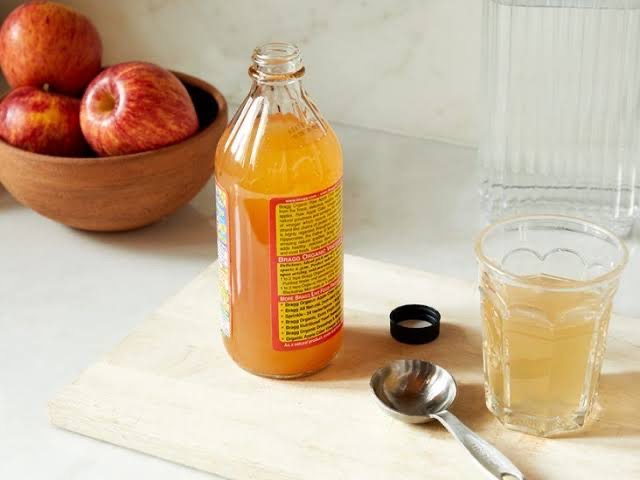


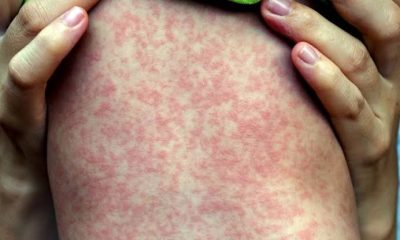

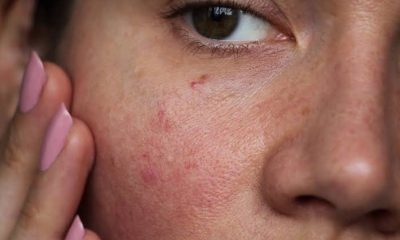

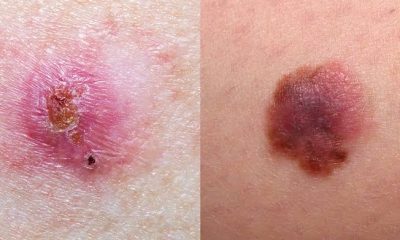

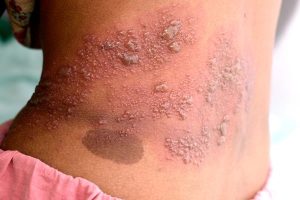

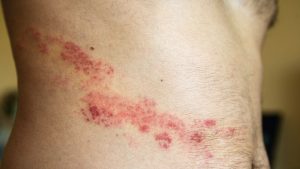
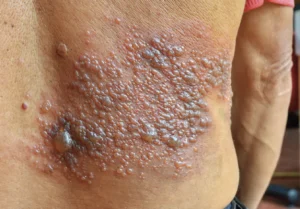

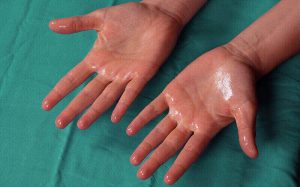
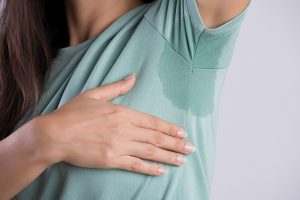

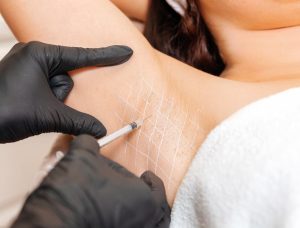
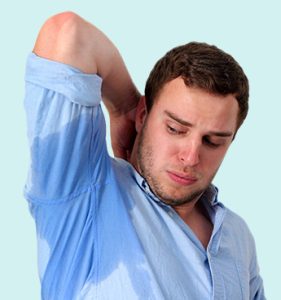



Pingback: The Effectiveness of Tea Tree Oil - SimplExplainer
Pingback: Hazelnut Oil - SimplExplainer
Pingback: Excess Oil Production on the Skin: Causes, Effects, and Solutions - SimplExplainer
Pingback: Understanding Face Scarring: Causes, Types & Care Tips - SimplExplainer